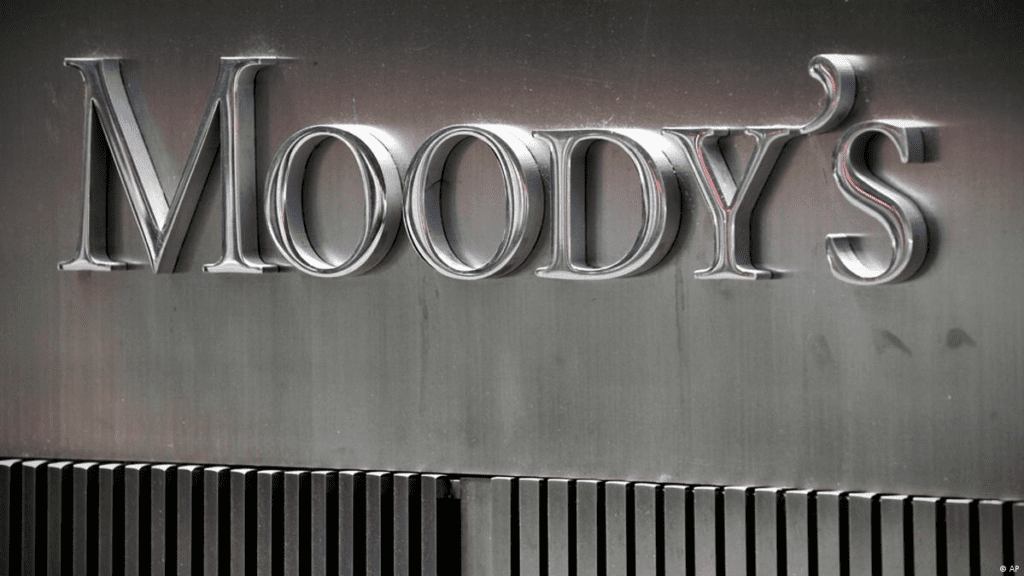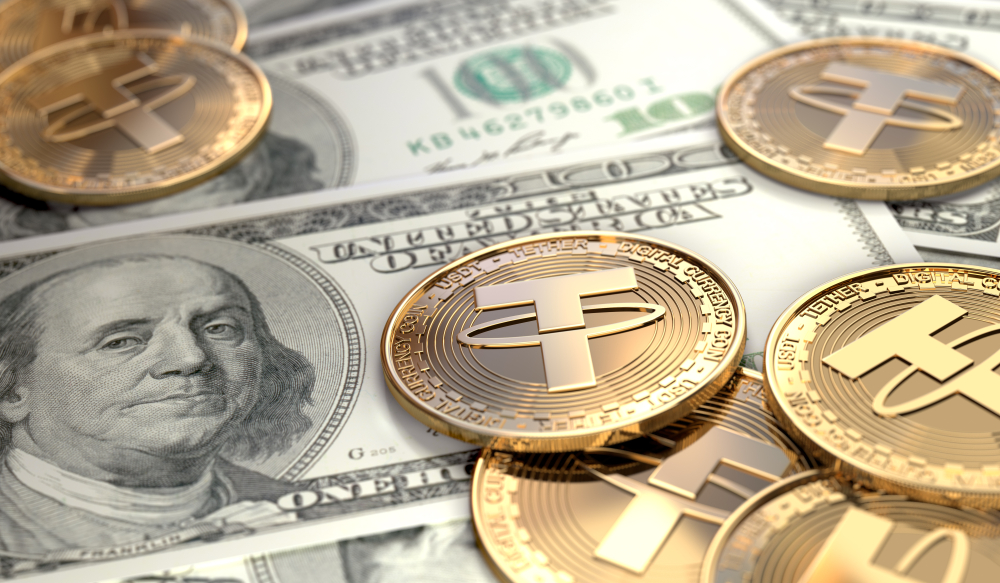Key Points:
- As the stablecoin asset class expands and comes under more and more regulatory and investor scrutiny, Moody’s is developing a grading system for it.
- Up to 20 stablecoins will be analyzed and ranked according to the reliability of the reserves that support them.
According to a story from Bloomberg, which cited a source familiar with the plans, Moody’s, which among other things, gives credit ratings for publicly listed corporations, is developing a system to rate up to 20 stablecoins depending on the quality of their reserves attestations.

Although it won’t be thought of as an official credit rating, the system, which seems to be in the early phases of development, will analyze and score the quality of the attestations of stablecoin reserves. Typically, external parties vouch for the veracity of a company’s statements and confirm that stablecoins are backed exactly 1:1 by reserves.
A stablecoin is a sort of cryptocurrency whose value is tied to another financial asset or a fiat currency, such as the US dollar. By linking the value of the stablecoin to another asset, the idea was devised to provide an alternative to the volatility of existing cryptocurrencies. However, this does not imply that using stablecoins is risk-free.
Stablecoins that are backed by a reserve of fiat money and other highly liquid investments are backed one to one. Although the latter was not quite clear, it is known as short-term Treasuries in the United States.
Following certain well-publicized incidents, stablecoins have come under increased scrutiny from both investors and authorities.

For instance, investors lost nearly $48 billion in May when TerraUSD, an algorithmic stablecoin that kept its dollar peg without relying on a one-to-one backup reserve of fiat money or Treasury bonds, failed.
Through an intricate system of arbitrage with the free-floating sister token, Luna, which was run by self-executing smart contracts, TerraUSD was able to preserve its peg.
Concern that Tether’s USDT, the largest stablecoin, has not been properly supported has followed it for years. Tether was ordered to pay $18.5 million in fines in 2021 after New York State determined that the company had misrepresented the fact that its stablecoin was completely backed 1:1 by U.S. dollars.
Tether has announced plans to stop lending money from its reserves due to rumors about its secured loans. Although the firm said again that its loans were excessively collateralized by extremely liquid assets, it nonetheless made the decision to stop providing the service in 2023.
DISCLAIMER: The Information on this website is provided as general market commentary and does not constitute investment advice. We encourage you to do your own research before investing.
Join us to keep track of news: https://linktr.ee/coincu
Harold
Coincu News






















